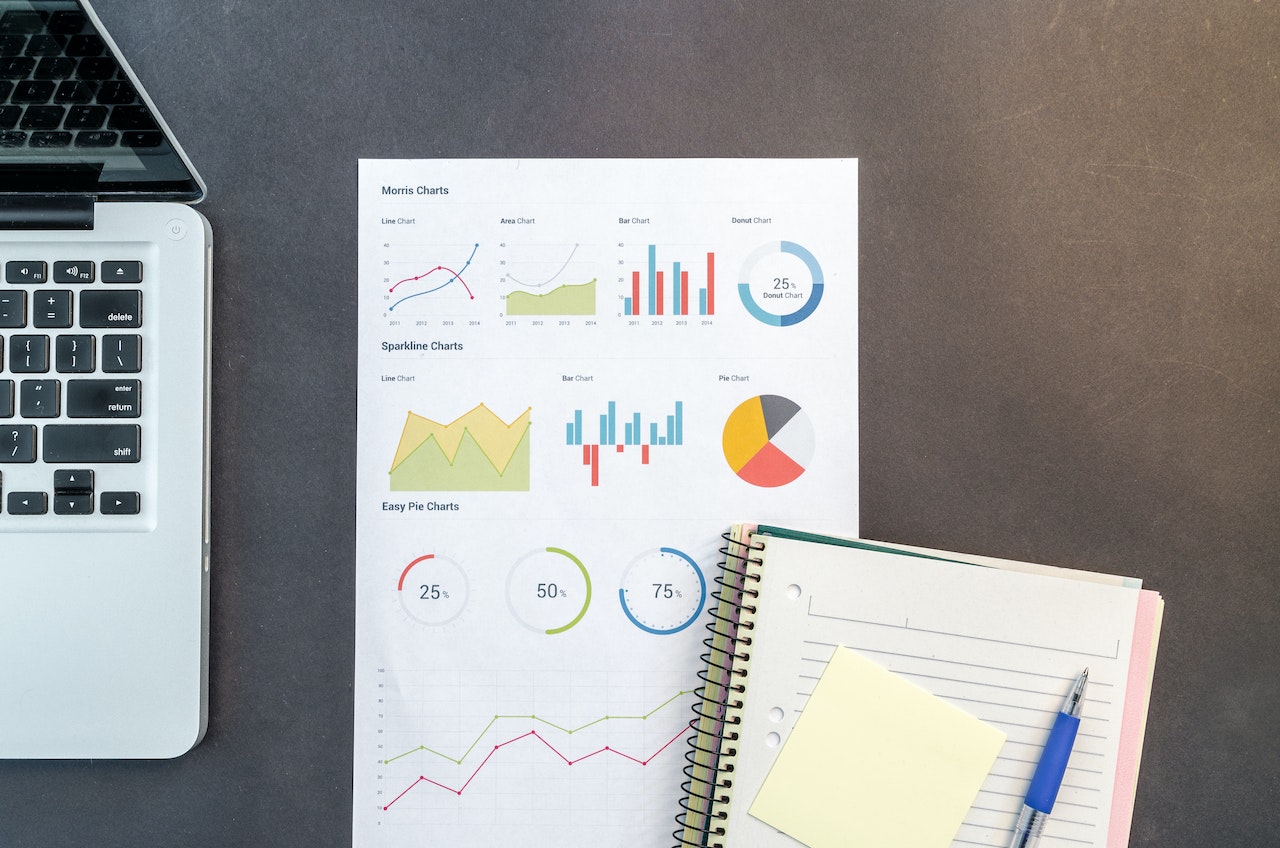The latest data from the Bureau of Labor Statistics, released Wednesday morning, reveals that consumer prices in the United States experienced a slight uptick in August, primarily driven by a surge in oil prices. This increase in consumer prices has stoked concerns about inflation, which has remained persistently above the Federal Reserve’s 2% target.
According to the Consumer Price Index (CPI), prices rose by 0.6% over the previous month, marking a notable acceleration from July’s 0.2% monthly increase. On an annual basis, consumer prices surged by 3.7% compared to the prior year in August, outpacing economist forecasts of a 3.6% annual increase. These figures, reported by Bloomberg data, indicate a challenging economic landscape for American households.
The sharp rise in energy prices was the primary driver of these increases. Oil prices reached new year-to-date highs just before the data release, with West Texas Intermediate (CL=F) closing just below $89 per barrel. Meanwhile, Brent crude futures (BZ=F) surpassed $92 per barrel, marking the highest oil prices since November 2022.
In August, the “core” CPI, excluding the more volatile costs of food and gas, showed consumer prices rising by 4.3% year-over-year, though this was a slight deceleration from July’s 4.7% increase, still highlighting concerns about inflation; additionally, monthly core prices exceeded economist projections with a 0.3% month-over-month gain, surpassing the expected 0.2% rise.
The energy index, however, displayed mixed trends, decreasing by 3.6% over the 12 months ending in August on an unadjusted basis. However, prices increased by 5.6% on a seasonally adjusted month-over-month basis, a significant contrast to the mere 0.1% rise observed in July. Gas prices, in particular, surged by 10.6% in August following a meager 0.2% increase in the previous month.
Within core inflation, rent prices continued to surge, with the index for rent and owners’ equivalent rising by 0.5% and 0.4%, respectively, on a monthly basis. The shelter index, a significant contributor to core inflation, increased by 0.3% month-over-month and 7.3% over the last year. While these figures are lower than July’s 7.7% annual gain and 0.4% monthly jump, they remain a cause for concern.
Other indexes that witnessed increases in August included motor vehicle insurance, medical care, and personal care, according to the Bureau of Labor Statistics. Conversely, indexes for lodging away from home, recreation, and used cars and trucks decreased over the month. Used cars and trucks, in particular, saw their prices drop by another 1.2% in August after a 1.3% decline in July.
Food prices also experienced an uptick, rising by 4.3% in August compared to the previous year. The food index increased by 0.2% from July to August, with the index for food at home following a similar trend, increasing by 0.2% over the month.
The index for meats, poultry, fish, and eggs registered a notable increase of 0.8% in August, primarily driven by a 2.2% surge in pork prices. Additionally, the index for other food at home increased by 0.2%, and the index for cereals and bakery products rose by 0.5%, as reported by the Bureau of Labor Statistics. However, egg prices exhibited a different trend, falling by 2.5% month-over-month.
In response to the inflation data, U.S. stocks edged lower in early trading. Treasury yields also saw an increase of about 9 basis points, trading around 4.3%.
The persistent inflation, combined with rising oil prices and a tightening labor market, has raised concerns about the Federal Reserve’s monetary policy. While the central bank has already raised rates by 0.25% in July after pausing its aggressive rate-hiking cycle in June, the question remains whether further rate hikes are on the horizon.
Market expectations indicate a 95% likelihood that the Federal Reserve will maintain its current interest rates at its upcoming September 20 policy meeting, according to data from the CME Group. Many analysts, including Brian Pietrangelo, senior vice president and managing director of investment strategy at Key Private Bank, believe that the Fed will pause its rate hikes for the time being, waiting for additional data before making any further decisions.
Seema Shah, chief global strategist at Principal Asset Management, concurs with this view but cautions that one more rate hike may still be possible before the end of the year. She suggests that the recent inflation data may not be sufficient to sway the Fed’s decision in favor of a rate hike, but it also leaves room for uncertainty regarding a potential November pause versus another hike.
In conclusion, while the rise in consumer prices, particularly in core inflation, raises concerns for the Federal Reserve, the overall economic outlook remains uncertain. The central bank will closely monitor economic data and oil price trends as it navigates the challenging path of monetary policy in the coming months.
Source: Yahoo Finance



